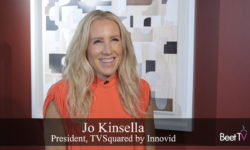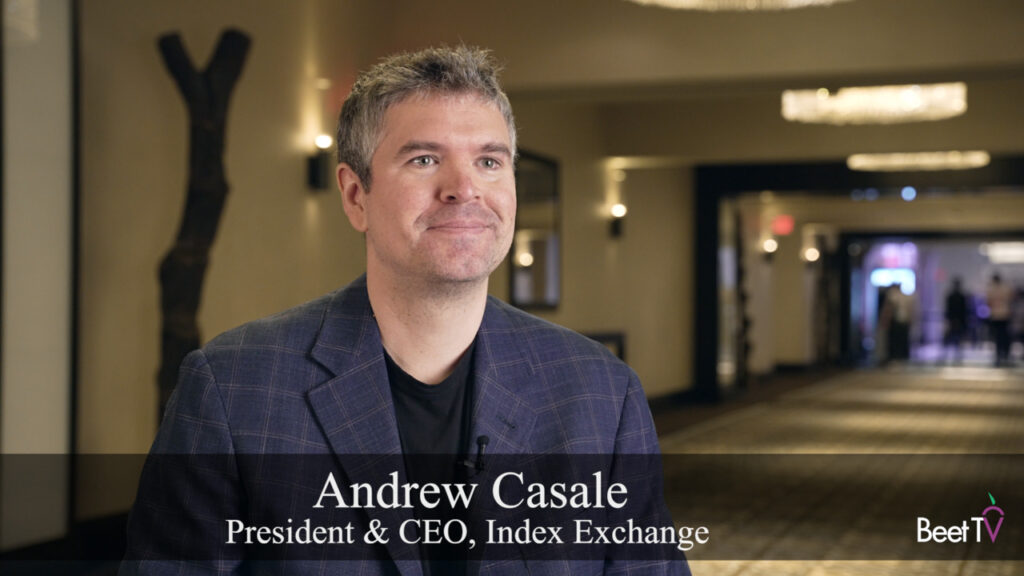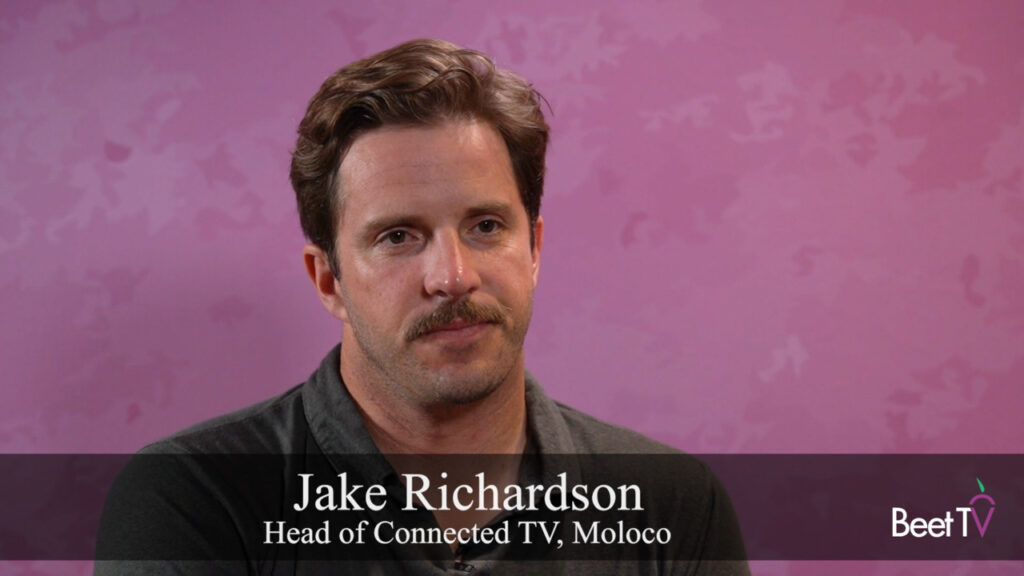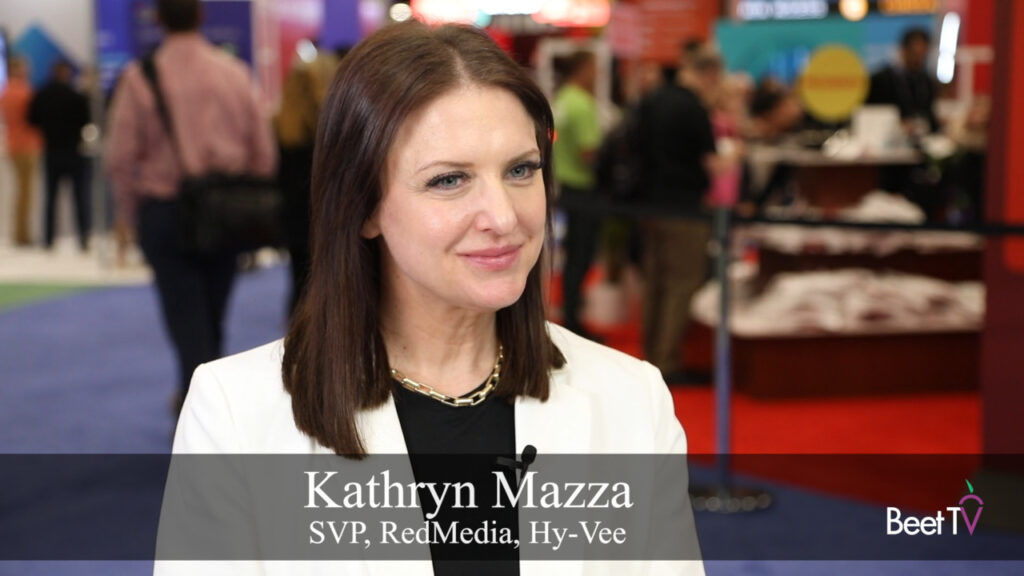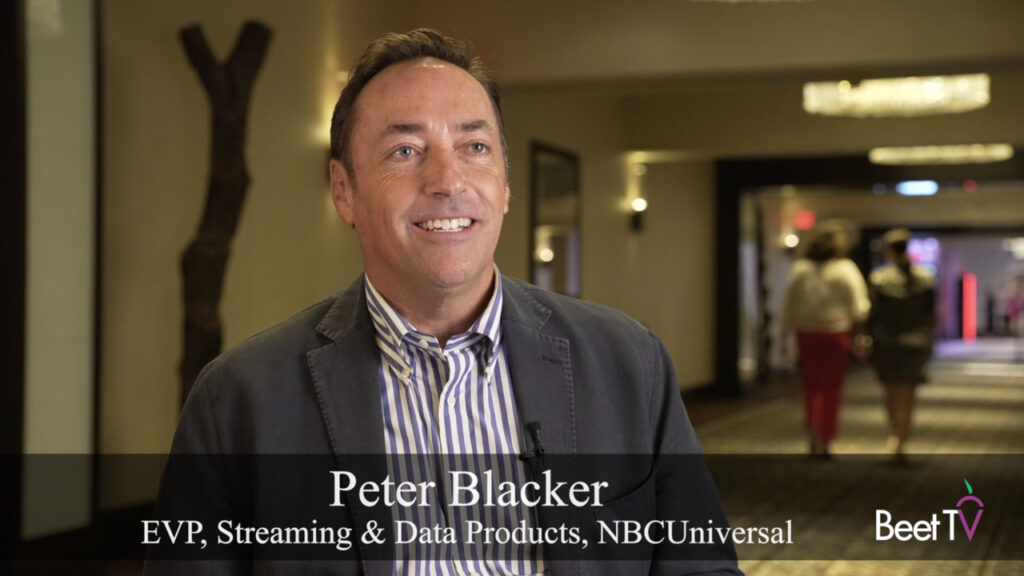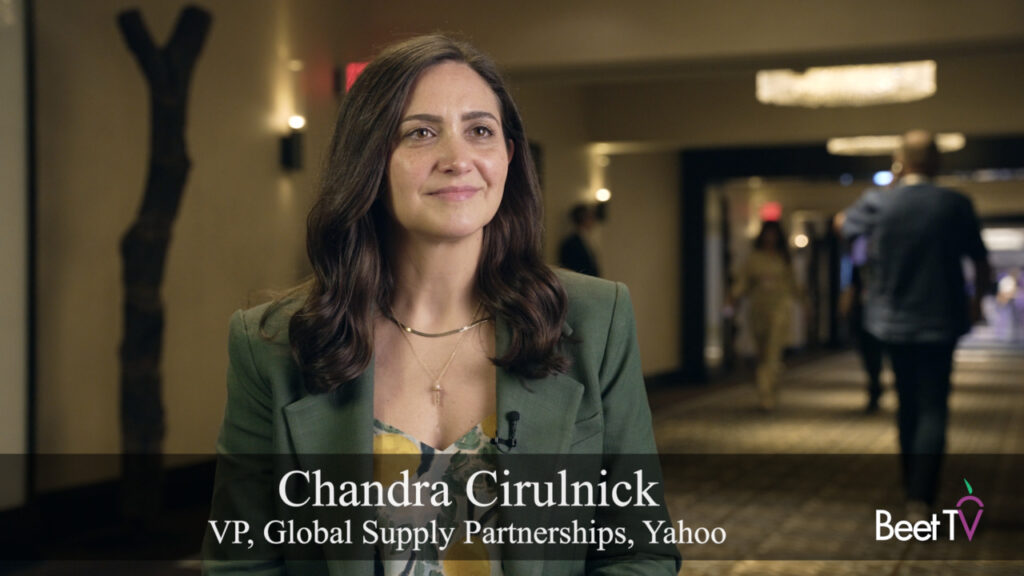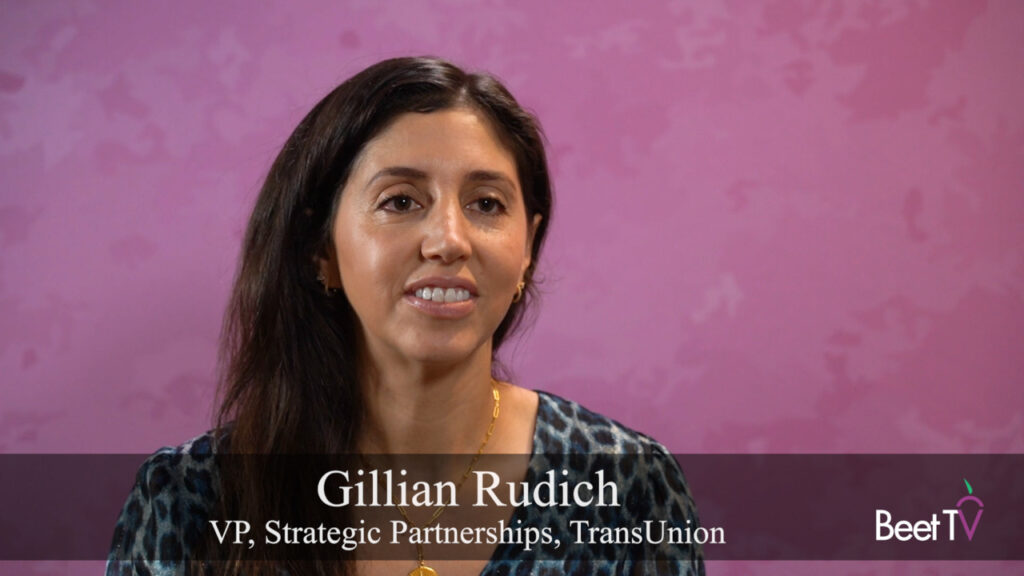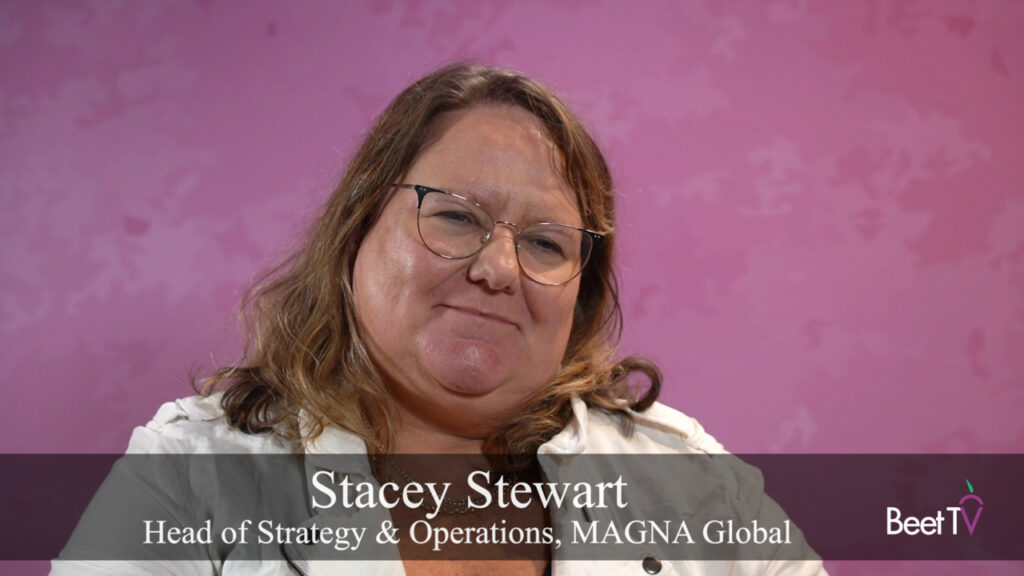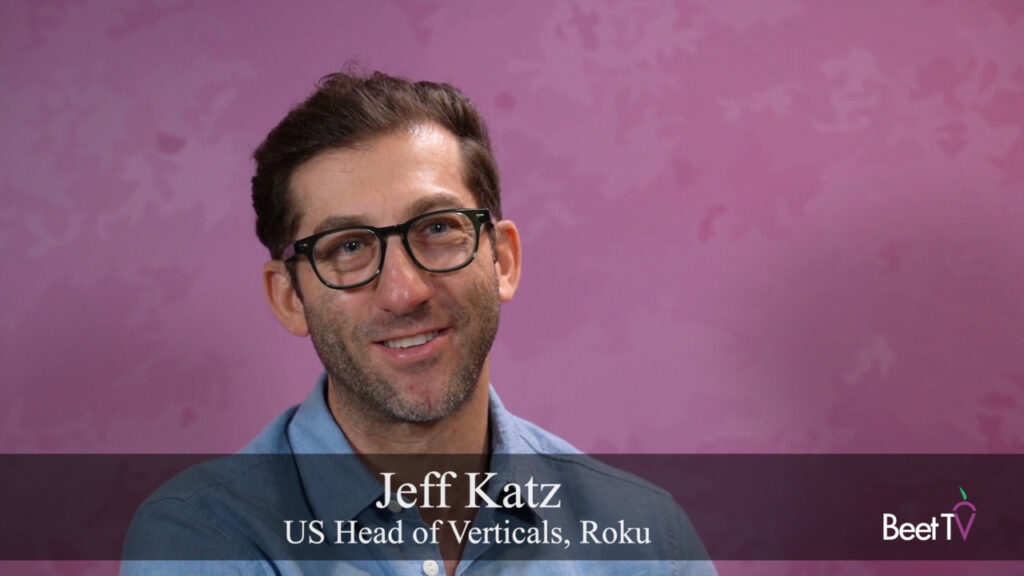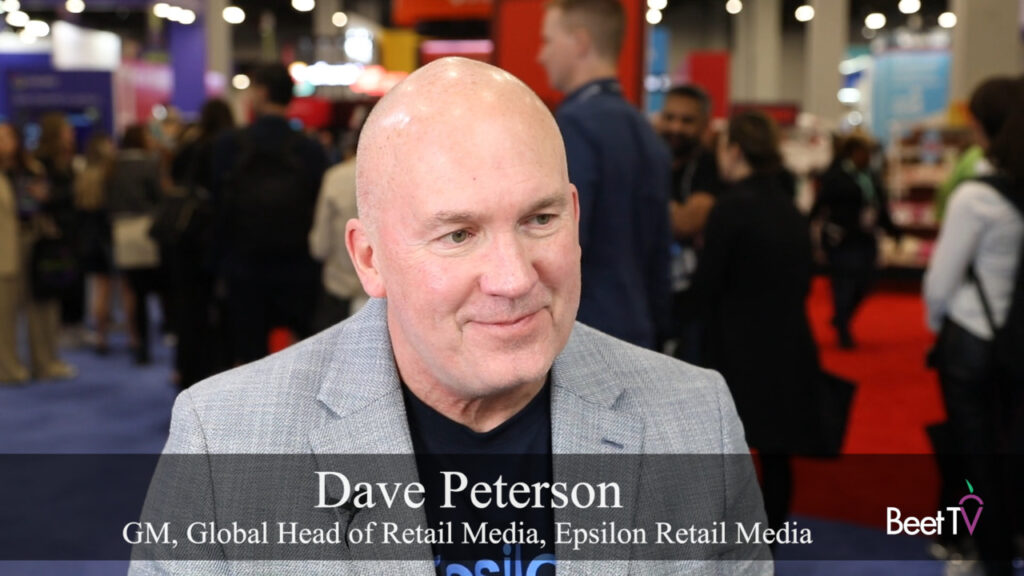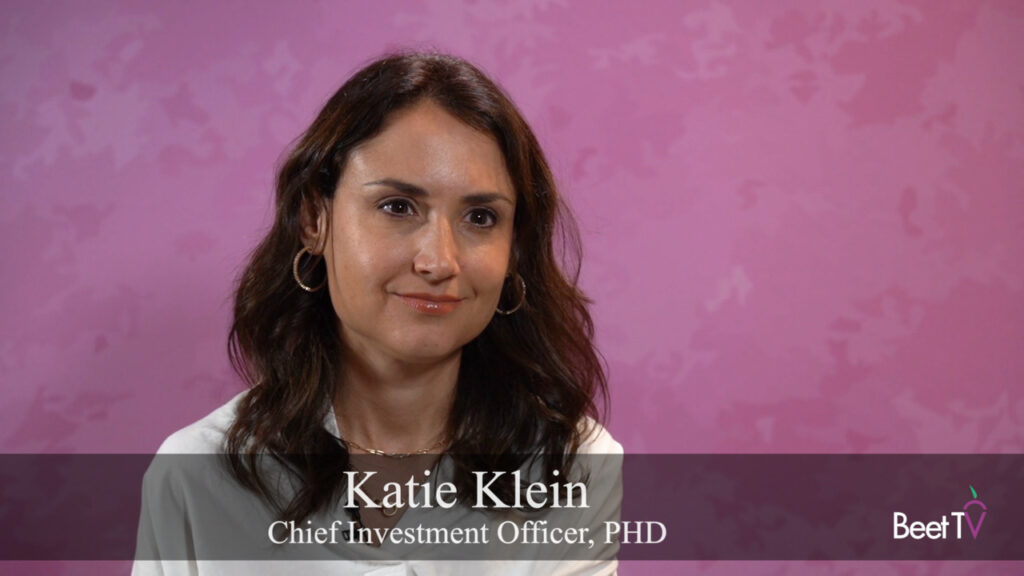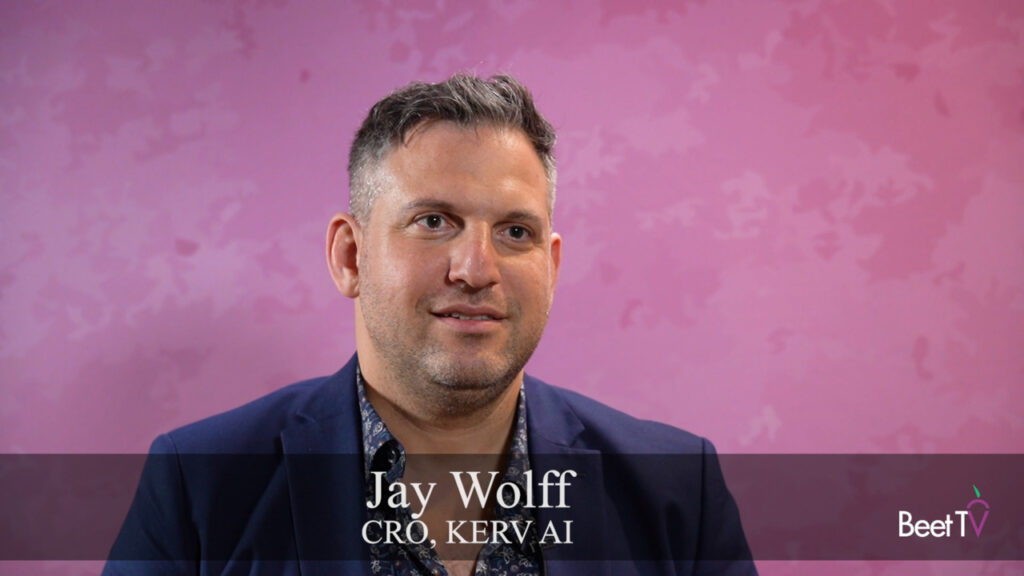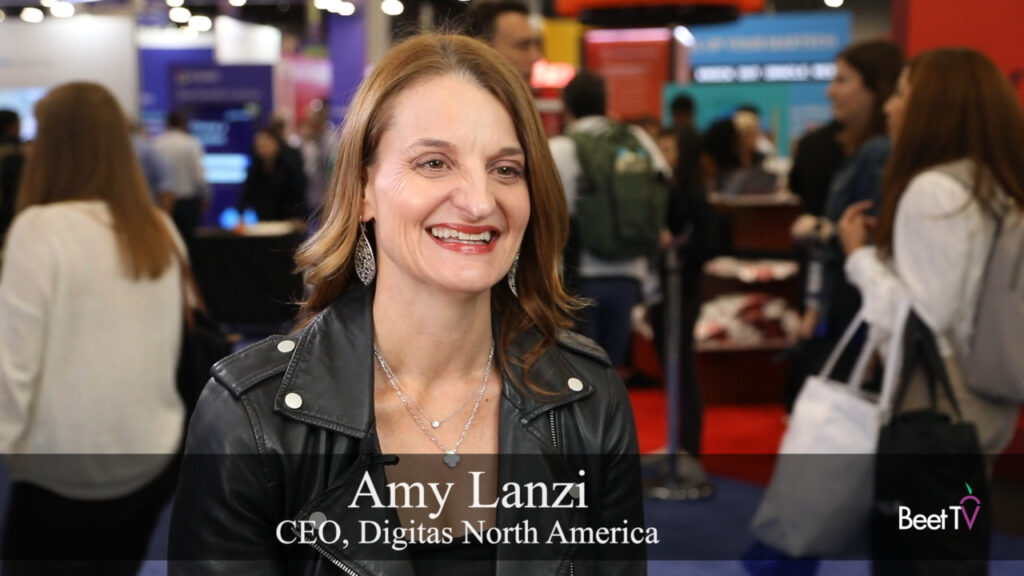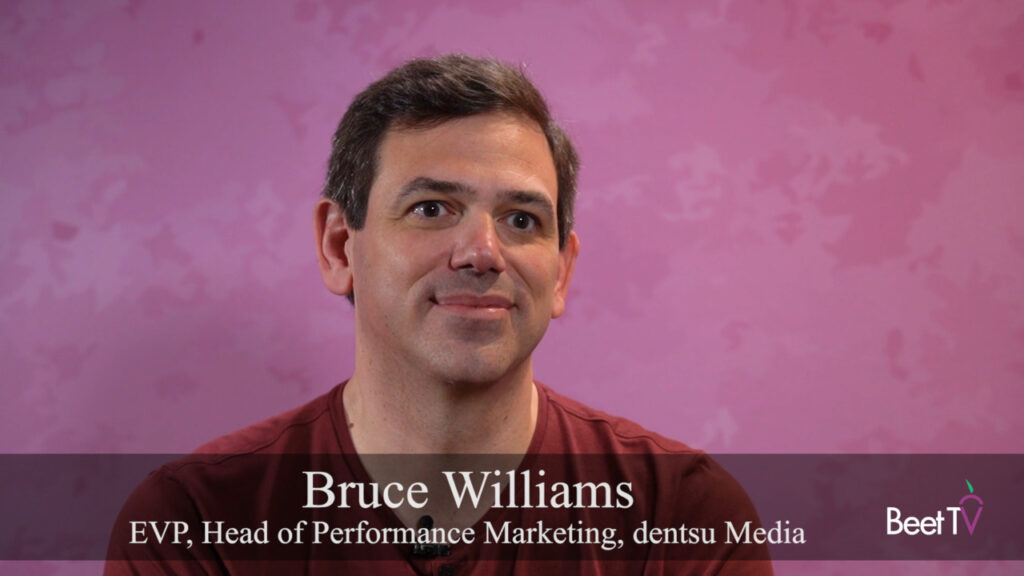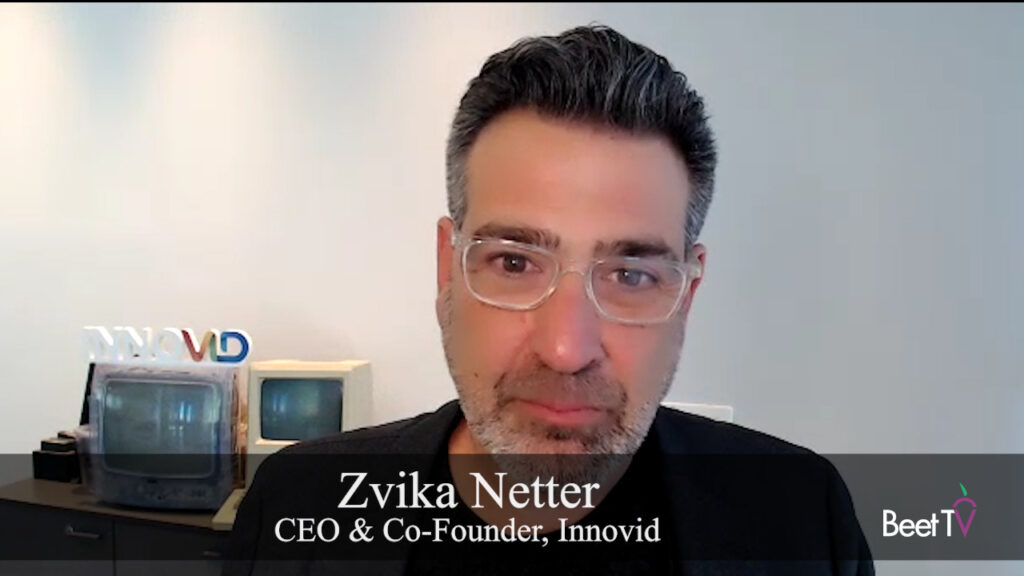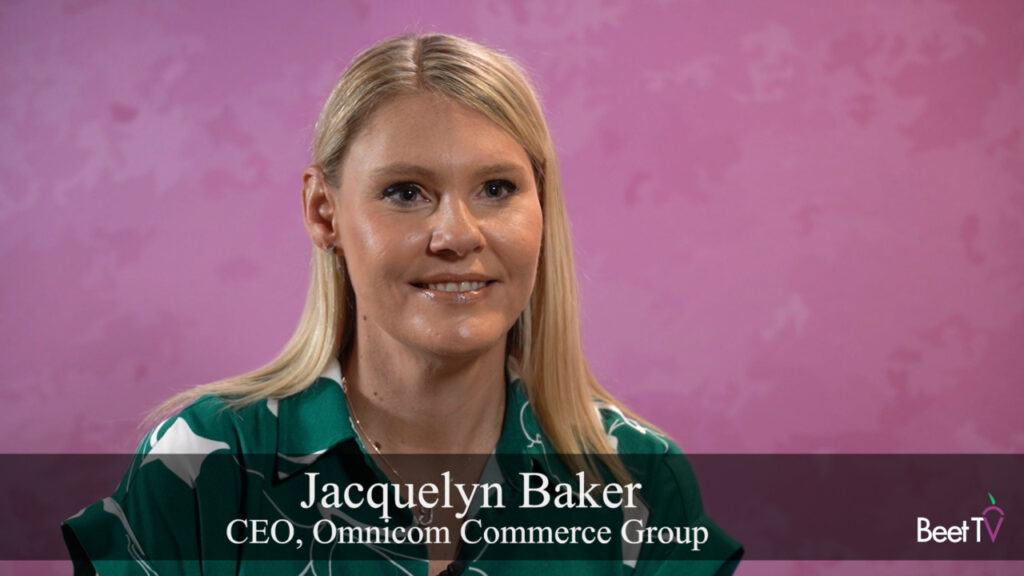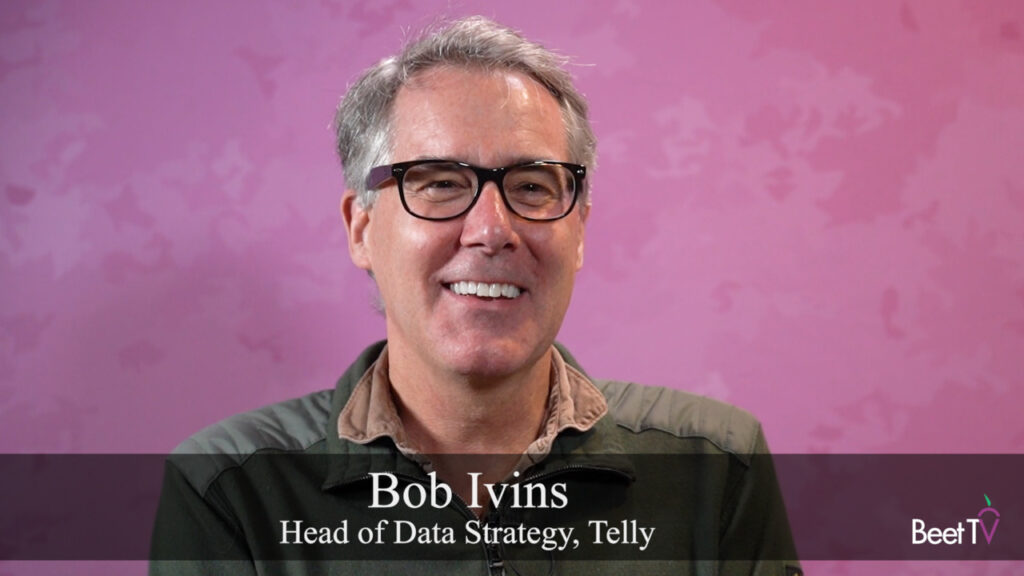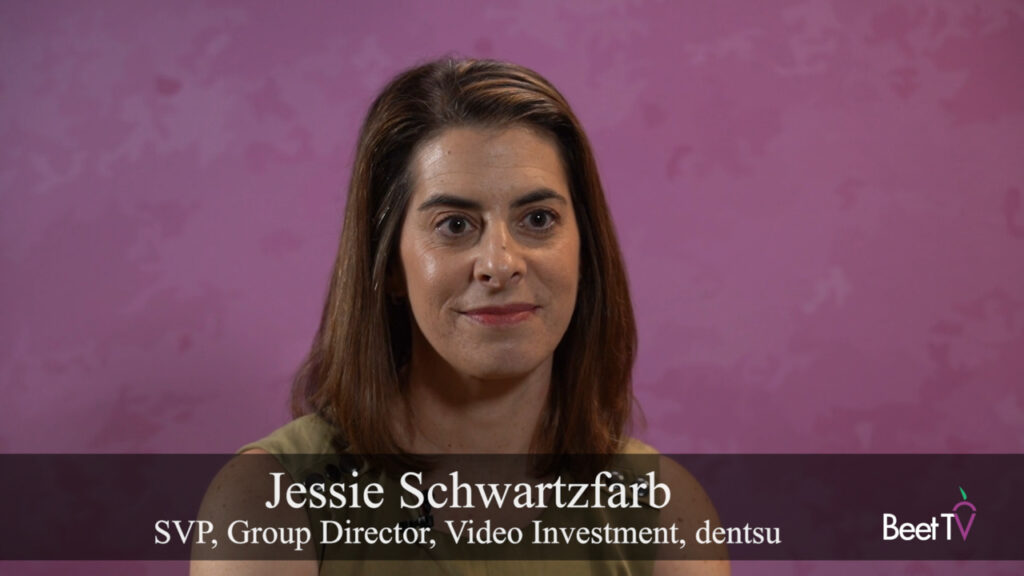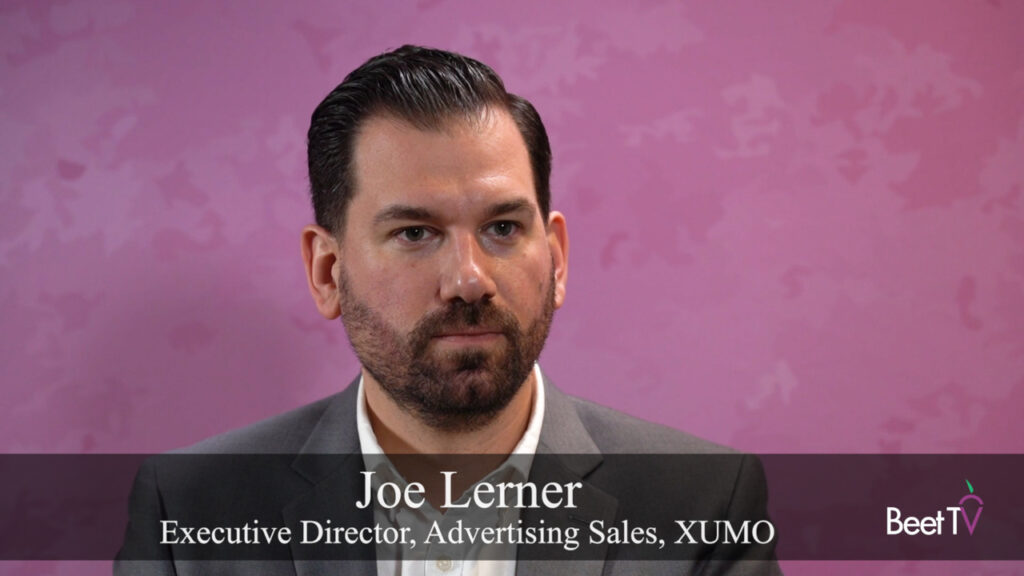With the global situation and inflation hitting the economy, what is the outlook for the digital media business?
Resilient with a pinch of evolution, according to one of the industry’s most looked-to joiner of dots.
In this video interview with Beet.TV during his own Digital Media Summit (DMS) East this week, Terry Kawaja, Founder & CEO, LUMA Partners, explains how the climate will change things.
#DMSbyLUMA @tkawaja kicking off the 2022 @LUMA_partners Digital Media Summit pic.twitter.com/y0cSWOZmpt
— Rich Greenfield, LightShed 🔦 (@RichLightShed) May 17, 2022
The perfect storm continues
The attendee and partner list for DMA East looks like one of the “LUMAscapes” for which LUMA Partners has become famous.
LUMA Partners, an M&A advisory firm, has been involved in a host of media and ad-tech deals, what it calls “over $25 billion in client outcomes”
That includes recent investments in iSpot.tv and acquisition of TVSquared by Innovid.
#DMSBYLUMA kicks off with LUMA’s Digital Media Summit on May 17 in NYC. Stay up to date for speaker highlights from the ultimate networking event in digital media. https://t.co/XaT8PAjD0Y pic.twitter.com/GqMwyfdOYL
— LUMA Partners (@LUMA_partners) March 29, 2022
A year ago, Kawaja says, there was an “extraordinary market” with “extremely positive fundamentals” including sale, growth, addressability, low interest rates, government COVID-19 subsidies and more.
That created a “perfect storm” including high valuations, plenty of private investment, IPOs and active stock trades.
Some of that is continuing into 2022, Kawaja says. “All the industry fundamentals are the same,” he notes. “They’re all positive, still growing. In fact, digital media ad spend is projected to grow $40 billion this year.
“If we hit a recession, that may slow it slightly, but the fundamental trends are all moving in the right direction from an industry standpoint.”
LUMA's Q1 2022 Market Report is out!https://t.co/j6hpuFSWJf pic.twitter.com/2tIQXCJE7Y
— Terence Kawaja (@tkawaja) April 6, 2022
Feel-good future
But Kawaja also strikes notes of caution:
- Interest rates are up.
- The economy may shrink.
- COVID-19 subsidies are ending.
“Those macro impacts are definitely negative and you can see it in the stock price,” Kawaja says.”
But Kawaja isn’t concerned about a knock-out blow.
“This is an industry that has faced trouble before numerous times, and it has demonstrated the kind of agility and sustainability to be able to adapt and keep going,” he says. “We should be feeling good about the future.”
Ads reap SVOD impact
In fact, even in a difficult market, there are some reasons to believe particular pockets of digital media may stand to benefit – notably, digital advertising.
As subscription VOD providers like Netflix and Disney+ now aim to add advertising-supported tiers, it seems cost-of-living pressure may encourage some consumers from subscription toward AVOD.
Kawaja explains it as the “maturation” of subscriptions, coupled with SVOD price increases and competition growth.
“Once you get past the wealthier demos on the coast and you get to the middle of the country, it’s been obvious to many of us in this sector that this would have to move more towards ad-supported,” he says.














